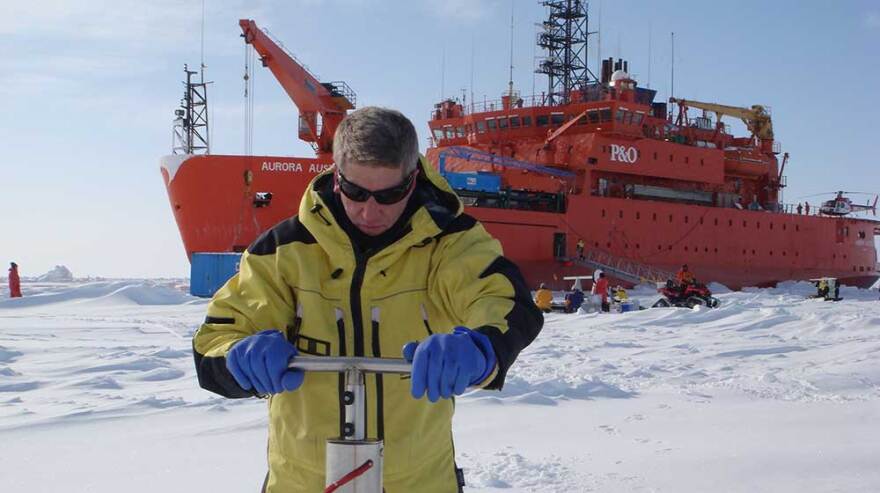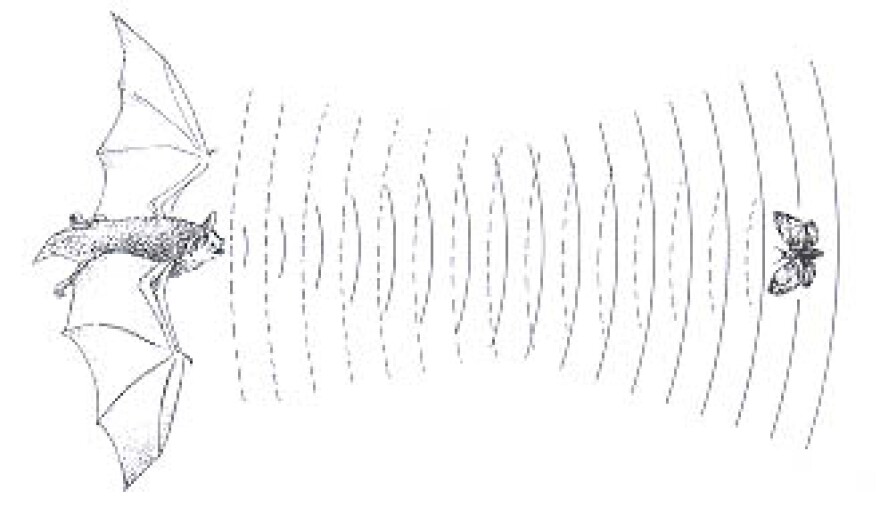Science is not all cut and dry, scientific method and clear, hard facts. It’s full of creative people and odd phenomena.
Stories that reveal the human underbelly of science are among my favorites to tell and, of course, hear or read. But these stories don't often make the headlines, for the simple reason that they aren't news. They're lives, and ideas, and ... you get the idea.
There is one place where these kinds of stories thrive: Public Radio Exchange's STEM Story Project. For two years now, PRX and the Alfred P. Sloan Foundation have asked radio producers to pitch their quirky and unusual science stories, then given a dozen or so funds to go report and produce them - preferably with some creative flair, which makes the end products even less likely to find a home on mainstream radio news.
So, here are six fabulous science stories you're unlikely to hear anywhere else:

Photo courtesy of Kenneth Golden What better way to start than with a man known to some as the Indiana Jones of Mathematics? Producer Ben Harden caught up with him in the Arctic Sea, where he's using math developed for stealth technology to understand not only ice, but also the bones of people with osteoporosis.
- From the math of ice and bones, to the math of painting. Visual stylometry is a new branch of mathematics used to quantify the style of a particular artists' body of work. Jenny Chen takes a look at how it works, how well it works, and what the implications could be.LL-STEM2.mp3Visual Stylometry

Scientific research today is subject to strict safety and ethics regulations. But it hasn’t always been that way. For example, not so long ago - but before there was a Food and Drug Administration - there were twelve young men who gathered in a basement to knowingly be served poison-laced meals. SruthiPinnamaneni tells the story of Harvey Washington Wiley and his “Poison Squad.”
LL-STEM3.mp3Poison SquadThe science of arson investigations is another field that has seen revolutionary changes over the past twenty years. Many of the forensic clues that were used for decades– things like burn patterns on walls and floors - those have been proven unreliable. Reporter Michael May reveals the modernization of fire science.
LL-STEM4.mp3Forensics in Flames
Echolocation, it's not just for bats anymore. It turns out, we humans can use sound to see what the eye cannot. As producer Meg Cramer reports, blind individuals using echolocation are not only getting to know their surroundings, they’re helping scientists better understand the brain.
LL-STEM5.mp3Seeing With Sound- About a half mile under the sea’s surface is a special zone where sound can travel for hundreds, even thousands of miles. Whales use it, and so did the military during the cold war. But, as David Schulman explains, the noise of human activity can make it hard to hear – even down there.LL-STEM6.mp3700 Fathoms Under the Sea
These stories are part of the STEM Story Project, distributed by the Public Radio Exchange and made possible with funds from the Alfred P. Sloan Foundation.



